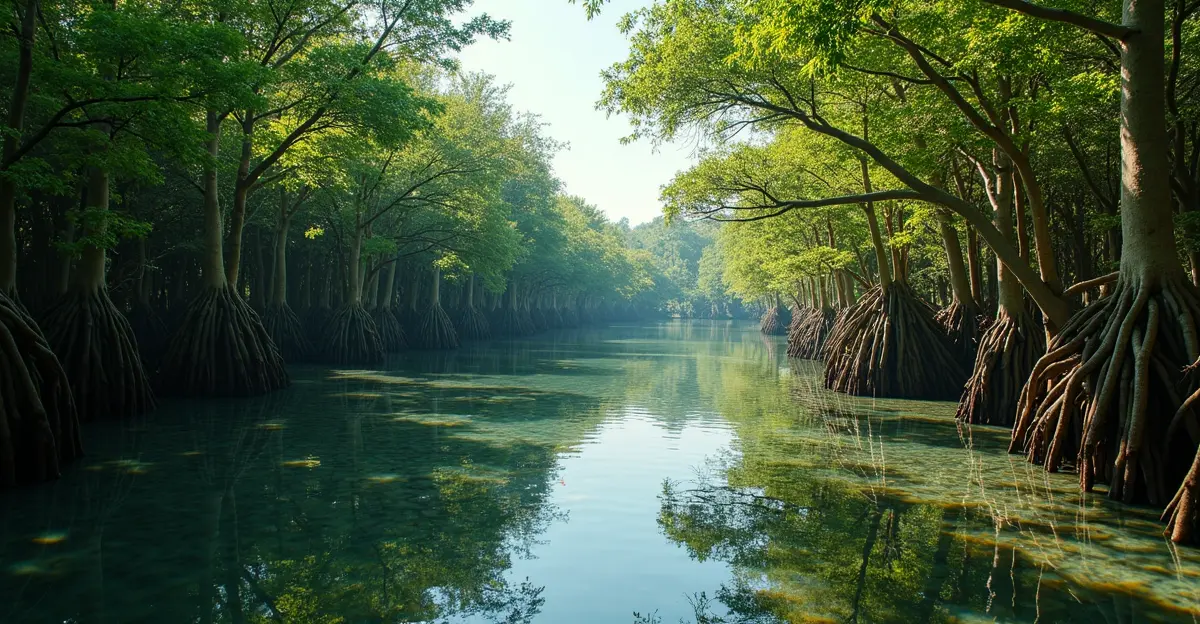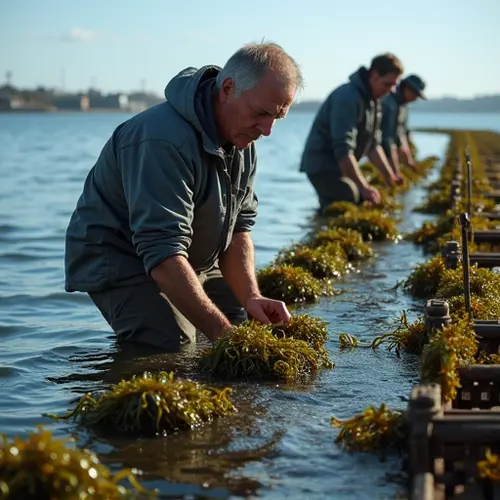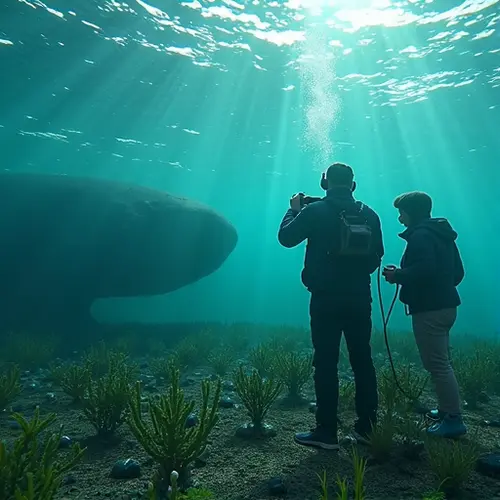Mangrove forests serve as natural storm barriers and powerful carbon sinks, with global restoration projects gaining momentum. These ecosystems protect coastlines while sequestering carbon at exceptional rates.

The Vital Role of Mangrove Ecosystems
Mangrove forests, those unique coastal ecosystems where land meets sea, are emerging as critical frontline defenders against climate change. These salt-tolerant trees and shrubs growing in tropical and subtropical coastal regions provide unparalleled protection against storms while serving as powerful carbon sequestration systems.
Natural Storm Barriers
Mangroves act as natural breakwaters, reducing wave energy by up to 66% and significantly lowering storm surge heights. "These forests are nature's first line of defense against coastal erosion and extreme weather events," says Dr. Maria Rodriguez, a coastal ecologist at the Global Mangrove Alliance. "A healthy mangrove belt can reduce wave height by as much as two-thirds, protecting inland communities and infrastructure."
Carbon Sequestration Powerhouses
Mangroves are among the most carbon-rich ecosystems on Earth, storing up to four times more carbon per hectare than tropical rainforests. Their complex root systems trap organic sediment, locking away carbon for centuries. "Mangroves are carbon vaults," explains environmental scientist Dr. James Chen. "They sequester carbon at rates 10-15 times higher than terrestrial forests, making them crucial in our fight against climate change."
Global Restoration Initiatives
Recognizing their immense value, numerous restoration projects are underway worldwide. The Global Mangrove Watch initiative reports that despite ongoing losses, restoration efforts have gained momentum with over 50 countries implementing mangrove conservation programs.
Successful Case Studies
In Bangladesh, the "Green Wall" project has planted millions of mangrove saplings along vulnerable coastlines, significantly reducing cyclone damage. Similarly, Indonesia's massive mangrove rehabilitation program aims to restore 600,000 hectares by 2025, creating both environmental benefits and livelihood opportunities for local communities.
Community Engagement
Successful restoration requires local involvement. "When communities understand the economic and protective benefits of mangroves, they become the best guardians of these ecosystems," notes conservationist Amina Khalid. Many projects now incorporate eco-tourism, sustainable fishing, and carbon credit programs to ensure long-term sustainability.
Challenges and Future Outlook
Despite progress, mangroves face ongoing threats from coastal development, aquaculture expansion, and climate change impacts. However, with increased international funding and technological advances in monitoring, the future looks promising for these vital coastal guardians.
As climate change intensifies, the role of mangroves in coastal protection and carbon sequestration becomes increasingly valuable. Their preservation and restoration represent one of the most cost-effective nature-based solutions to multiple environmental challenges.

 Nederlands
Nederlands English
English Français
Français Deutsch
Deutsch Español
Español Português
Português






